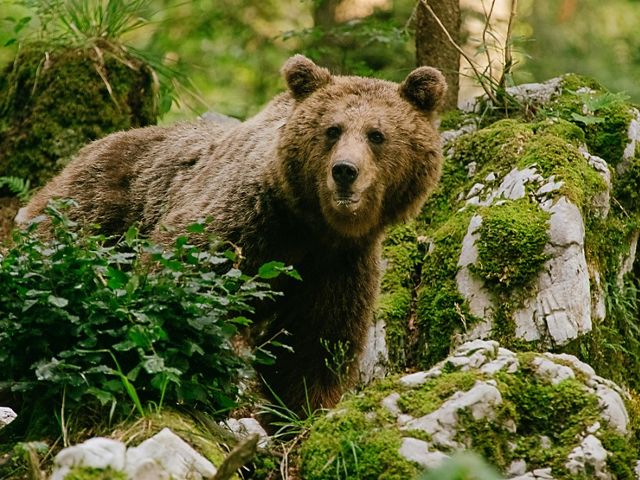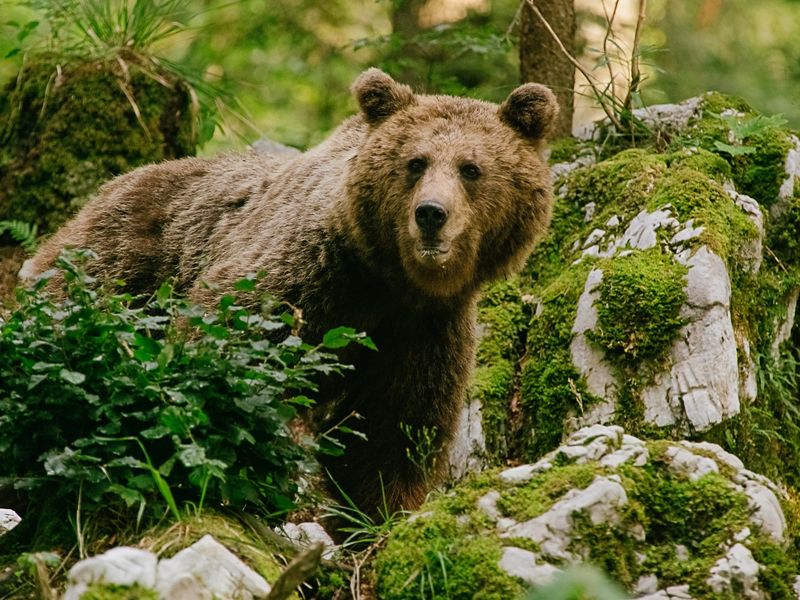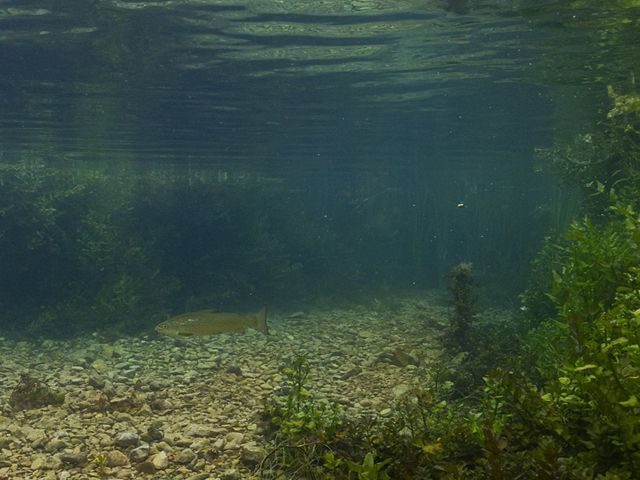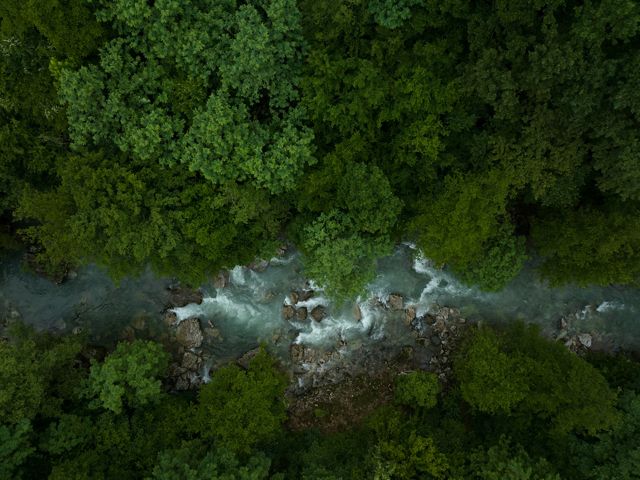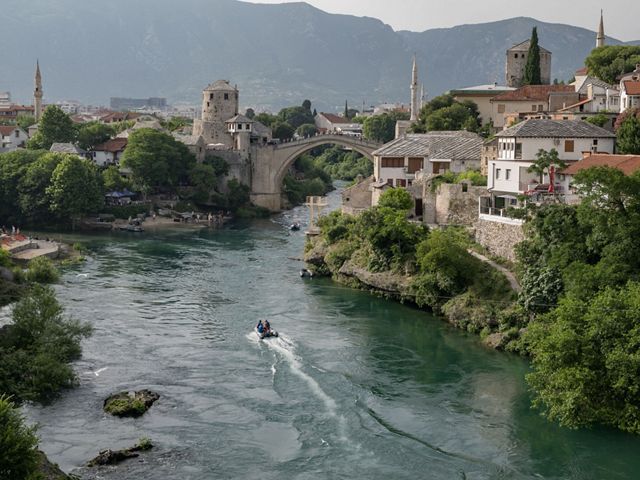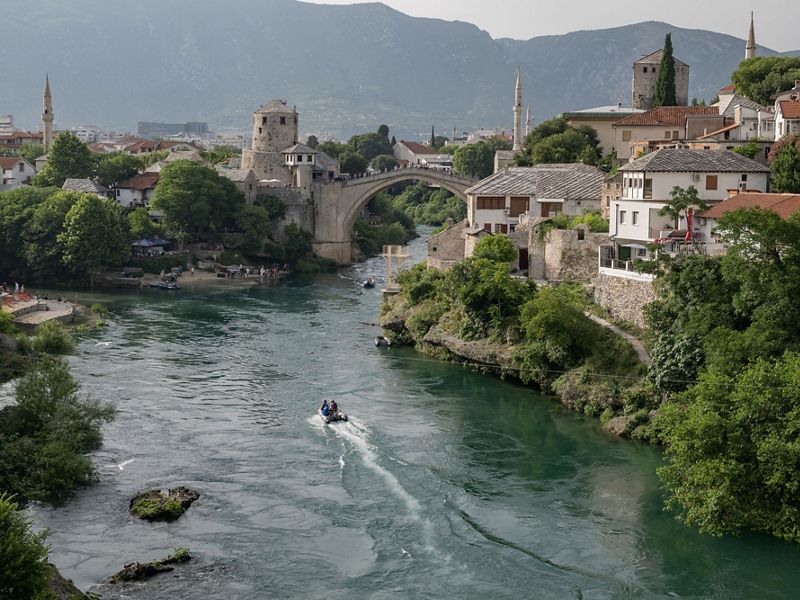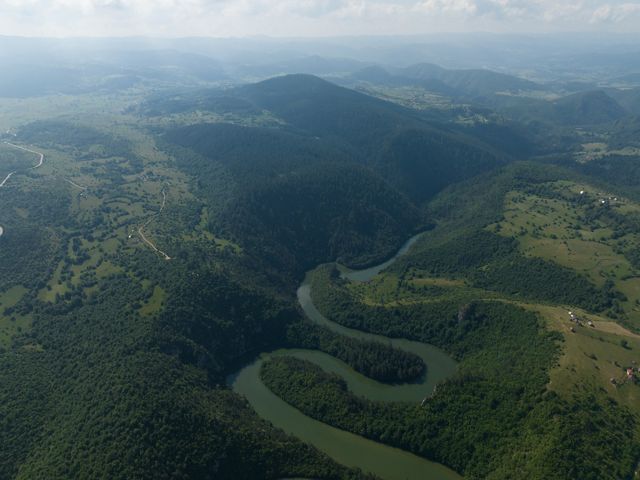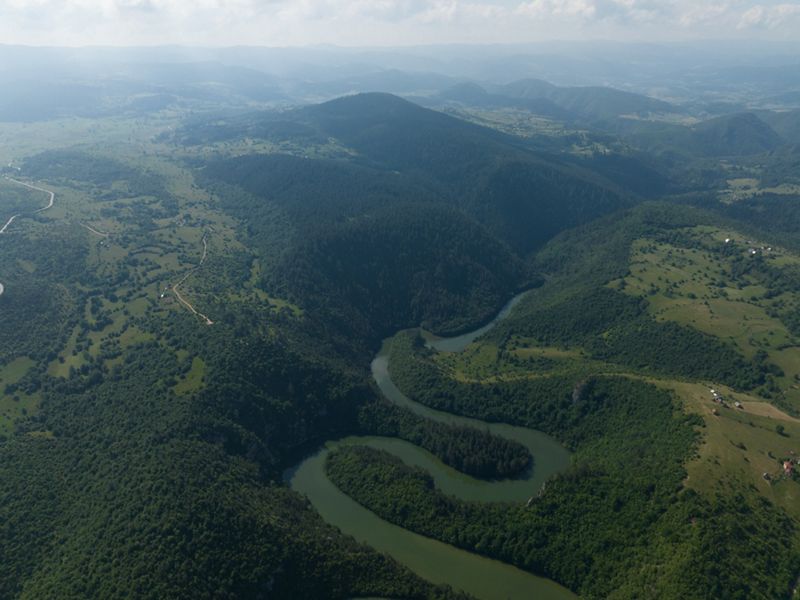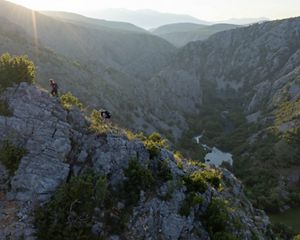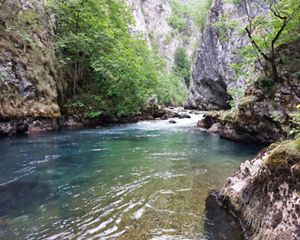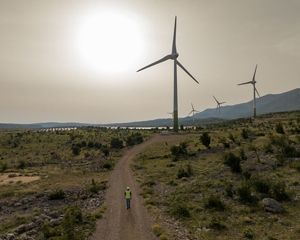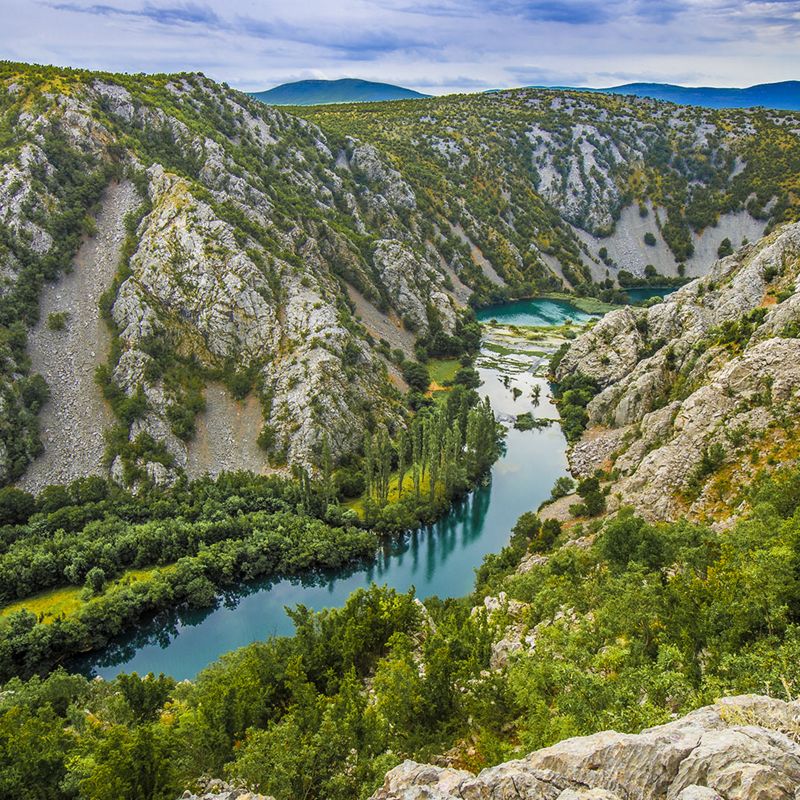
The Western Balkans: An Iconic Place of Biodiversity
Southeast Europe is home to globally significant ecosystems that we are working with communities to protect.
Southeastern Europe reflects a rich tapestry of geological, biological and cultural diversity. Connecting Asia, Africa and Europe, the region has long served as a pathway for migratory species, while its abundance of water, sunlight and mountains fuels a vibrant ecosystem of life.
Covering many areas of untouched natural beauty, the Western Balkans represent an increasing rarity and a priceless asset in Europe. The region is home to more than 17 million people and a diverse array of plant species and endemic wildlife—from the mysterious olm and the rare softmouth trout to the Eastern imperial eagle and critically endangered Balkan lynx.
This exceptional concentration of biodiversity and the deep interconnection between human communities, ecosystems and wildlife inspired The Nature Conservancy to designate the region as an iconic area to protect.
The wild, free-flowing rivers of the Western Balkans, and the lives and livelihoods that depend upon them, are unique and under threat.
Green Up Your Inbox
Get our latest research and insights about conservation, climate and biodiversity.
Receive our newsletterConnecting through Conservation
Our work in the region emphasises cross-border connectivity and collaboration. The Nature Conservancy currently works across eight Balkan countries: Albania, Bosnia and Herzegovina, Croatia, Montenegro, Kosovo, North Macedonia, Serbia and Slovenia.
Local perspectives and community empowerment are at the heart of our approach to conservation and essential to balancing environmental stewardship with human well-being and socio-economic development.
We actively support local organisations and institutions in developing, activating and managing innovative strategies and long-term plans that generate nature-positive impact.
From transformative nature protection projects to facilitating investment opportunities for nature-based solutions (NbS), the diversity and collaborative approach of our work reflects the natural qualities of the region.
How We Work
TNC's work in the Western Balkans spans a range of conservation areas and approaches.
-

Durable Freshwater Protection
Combining legal and other effective mechanisms to deliver enduring, equitable protection of rivers, lakes and wetlands so nature and people can thrive.
-

Community Engagement
Working hand-in-hand with local communities to protect fresh water and guide renewable energy transition, understanding their needs and ensuring livelihoods.
-

Water Resilience
Restoring watersheds by implementing NbS to improve water security, conserve biodiversity, build resilient communities and support inclusive development.
-

Renewable Energy Acceleration
Enabling renewable energy development through smart, climate-aligned planning, scaling solar and wind where nature, communities and biodiversity benefit.
Livelihoods Born of Biodiversity
The rivers of the Western Balkans wind through rugged mountains and dense forests, forming vibrant turquoise waters that serve as critical habitats for 69 endemic fish species, more than 250 total, and over 40% of Europe’s endangered freshwater mussels and snails.
They are essential for biodiversity and sustain the livelihoods, cultures and traditions of local communities.
Our seven River Champions, people whose livelihoods and heritage flow from the sources of these rivers, are glistening examples of how we can build and maintain a symbiotic relationship with nature.
United for Rivers in the Western Balkans
United for Rivers is a collaboration between The Nature Conservancy and six local partners across five countries to protect 13 rivers. The initiative’s goal is to safeguard an initial 400 kilometres of river by establishing protected areas—a catalytic step toward conserving 10,000 kilometres across the region by 2030.
Areas:
No results are shown. To see results, turn on the toggle switches in the legend.
- Vrbas River, Bosnia and Herzegovina
-
Vrbas River, Bosnia and Herzegovina
Project Area
The Vrbas River in Bosnia and Herzegovina is a natural wonder that has captured the hearts of locals and visitors alike. Flowing for 250 kilometres, the river is known for its breathtaking canyons, stunning natural scenery and cultural landmarks. It has played an essential role in the region’s history and culture and is a popular destination for outdoor recreation.
Image © Ken Geiger
- Neretva River, Bosnia and Herzegovina
-
Neretva River, Bosnia and Herzegovina
Project Area
The Neretva River is steeped in legend, a place that has fascinated humans since the earliest prehistory. According to some, the name of the river comes from the ancient Illyrian name Nera-Etwa meaning “Divinity that flows”. A fitting name for a river that has inspired artists, poets and scientists throughout history.
Image © Chip Carroon
- Vardar River, North Macedonia
-
Vardar River, North Macedonia
Project Area
First mentioned in Homer's The Iliad, the waters of the Vardar River are home to a diverse range of plants and animals, including many endangered species like the spined loach, Pelagos trout and the Prespa trout, numerous bird species like the griffon and Egyptian vultures and the pygmy cormorant. The river flows for 388 kilometres, through the heart of North Macedonia and into the Aegean Sea.
Image © Cirl Jazbec
- Mrežnica and Tounjčica Rivers, Croatia
-
Mrežnica and Tounjčica Rivers, Croatia
Project Area
The Mrežnica River is one of the most beautiful waterways of the Croatian karst. As a left tributary of the Korana River, it stretches for 64 kilometers from its source near the town of Slunj to its confluence with the Korana in Karlovac.
Image © Ciril Jazbec
- Korana River, Croatia
-
Korana River, Croatia
Project Area
Originating in the world-famous Plitvice Lakes National Park, the Korana flows 134 kilometers through limestone canyons and fertile valleys before joining the Kupa River in Karlovac. Along the way, it creates striking waterfalls and passes landscapes dotted with medieval ruins, watermills and wooden houses. Beyond its ecological value, the river is deeply woven into local life and history.
Image © Chip Carroon
- Zrmanja River, Croatia
-
Zrmanja River, Croatia
Project Area
Hidden among the cliffs of the Velebit Mountain, the Zrmanja is a river of canyons and waterfalls. Its turquoise waters tumble through karst fields and gorges, creating tufa barriers that have shaped the landscape and living history of the area. Endemic species like the Zrmanja chub have made this river their home, while rafters and kayakers from around the world come to test its rapids.
Image © Chip Carroon
- Buna River, Bosnia and Herzegovina
-
Buna River, Bosnia and Herzegovina
Project Area
Stretching only nine kilometers, Buna emerges from one of the strongest water sources in Europe, overlooked by the 16th-century Dervish Tekke and the medieval fortress Stjepangrad. Despite its short course, the river is an important spawning ground for the critically endangered endemic softmouth trout.
Image © Ciril Jazbec
- Veliki Rzav River, Serbia
-
Veliki Rzav River, Serbia
Project Area
The most pristine river in Serbia, as it is often called, the Veliki Rzav River starts in Močioci village where the Presečka and Jamčica rivers meet. Its crystal-clear waters run for 66 kilometers through picturesque landscapes of the Stari Vlah region, cutting an impressive limestone canyon-like valley.
Image © Ciril Jazbec
- Ćehotina River, Montenegro
-
Ćehotina River, Montenegro
Project Area
Ćehotina is one of Montenegro’s hidden rivers. Rising under Stožer Mountain, it cuts through deep canyons before slowing into gentle curves on its 125-kilometer journey to the Drina River in Bosnia and Herzegovina. It is an important habitat for brown trout, grayling and the endangered Danube salmon.
Image © Ciril Jazbec
- Mrtvica and Morača Rivers, Montenegro
-
Mrtvica and Morača Rivers, Montenegro
Project Area
The Morača is one of Montenegro’s great rivers, free-flowing from its source to Lake Skadar. Along its course, it gathers the Mrtvica River, a short but spectacular tributary that cuts one of Europe’s most dramatic canyons. Together, these rivers sustain biodiversity and shape history and legends.
Image © Chip Carroon
- Bistrica River, Montenegro
-
Bistrica River, Montenegro
Project Area
Flowing 26 kilometers from Serbia’s Giljeva Mountain to the Lim River in Montenegro, the Bistrica disappears underground before re-emerging in the spectacular Đalovića Gorge. Its clear waters support diverse wildlife and create geological wonders, such as the Đalovića Cave, the largest cave system in Montenegro.
Image © Milija Cabarkapa
Biodiversity Snapshot
What we are aiming to protect through our work in the Western Balkans.
-

10,000
kilometres of river to be conserved
-
+8,000
Plant Species
-

+150
Fish Species
Building on our work to protect Croatia’s Krupa River and the Korana River in Montenegro, in 2024 United for Rivers secured legal protection for three new rivers totaling 50 kilometres: Croatia’s Mrežnica and Tounjčica rivers and Montenegro’s Bistrica river in the Đalovića Gorge.
As a renowned river rafting hotspot, extensive community engagement with residents and businesses along the Mrežnica River provided critical insights to inform a research collaboration with the University of Rijeka and Natura Viva on sustainable tourism development. On the Buna River in Bosnia Herzegovina, a fly-fishing school teaches children about sustainable fishing practices, inspiring the next generation to support local river conservation.
The initiative’s Lives Shaped by Water photo exhibition also attracted more than 60,000 visitors across seven countries, while media coverage raised the profile of the initiative among civil society, experts and local communities alike.
Quote: Dragana Mileusnić
At the heart of our initiative is the conviction that engaging and empowering local communities is critical for effective and durable river protection. We are collaborating with a wide range of stakeholders, including non-governmental organisations, governments, businesses and local communities.

Western Balkans Conservation Trust Fund
Efforts to durably protect rivers and nature can only be successful if backed by long-term, sustainable financial mechanisms. Without them, protected areas risk becoming mere “paper parks”, protected in name but lacking real management and conservation impact. Although the Western Balkans is rich in biodiversity, it faces a nature protection funding gap, with insufficient government support and limited international project funding.
TNC has identified the need for a Western Balkans Conservation Trust Fund to fill this gap by providing continuous, sustainable financial support for freshwater and terrestrial ecosystem management and conservation. Modeled after successful funds like the Prespa-Ohrid Nature Trust, the fund will invest its capital and use the returns to support conservation efforts, supported by a pre-feasibility study conducted by TNC.
Rather than replacing existing sources of funding, it will complement them, offering stable and enduring financing for protected areas and other nature protection actors (such as environmental NGOs). The fund will raise the bar for management standards across the region, improving ranger services, visitor management, the implementation of management plans and cooperation between actors as well as local communities.
Nature-Positive Renewable Acceleration
Coupled with the challenges of river and biodiversity protection, the Western Balkans faces an urgent need to expand renewable energy to meet growing energy demands and the global response to climate change.
Smart Siting Approach
Accelerating renewable energy in southeast Europe.
Wind Turbines in Croatia
Using biodiversity sensitivity mapping to improve energy infrastructure planning.
Solar Farms in North Macedonia
Siting solar and wind farms on brownfield sites.
Until now, coal has dominated the region’s energy mix and hydropower has been the primary renewable energy source. This is unsustainable and places immense pressure on rivers and other freshwater ecosystems.
We are working to change this trajectory by accelerating solar and wind development in ways that avoid harm to nature and communities. By reducing reliance on new hydropower, we ease pressure on freshwater ecosystems while advancing countries’ climate and energy security goals.
Through smart siting, we are pinpointing areas where renewables can grow without threatening biodiversity or local livelihoods, ensuring a truly sustainable energy transition.
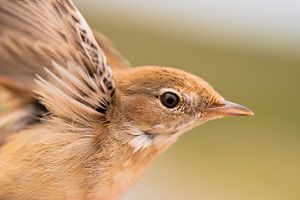
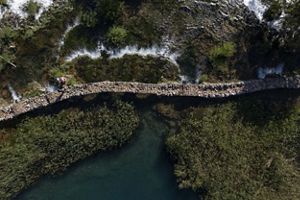
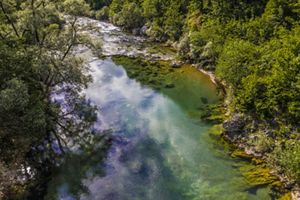


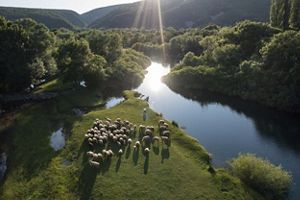
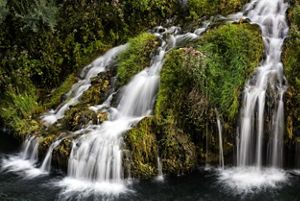
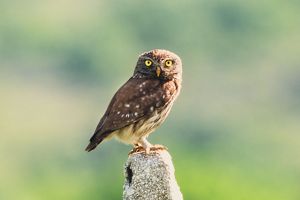

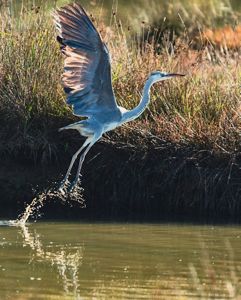

Crested Lark Western Balkans: Crested Lark Western Balkans © Slavko Nikolic

Krupa River: The 18th-century stone bridge, Kudin Most, spans more than 350 feet across the Krupa. © Ciril Jazbec

Neretva: The Neretva River is one of 15 focal rivers for the United for Rivers Initiative. © Ciril Jazbec

LIFELINE: The River Krupa in northern Dalmatia, Croatia is a lifeline to local communities who use it as a source of freshwater for themselves, their livestock and their crops. © Ciril Jazbec

Bistrica: Montenegro's Bistrica River carves through the Đalovića Gorge: a place of astonishing beauty and home to a large diversity of species and habitats. © Milija Cabarkapa

Krupa River: The Krupa River in Croatia winds through a karst canyon, but pockets of lush pasture—actually small alluvial plains—support grazing livestock like sheep. © Ciril Jazbec

Štrbački buk Waterfalls : The Štrbački buk waterfalls empty into the Una River, which forms a natural border between Croatia and Bosnia-Herzegovina. © Ken Geiger/The Nature Conservancy

Little Owl Western Balkans: Little Owl Western Balkans © Slavko Nikolic

KRUPA: Aerial view of a Krupa river winding through a rocky rural area. © Ciril Jazbec

Slavko Balkan Bird: Action shot of a bird on a Balkan river. © Slavko Nikolic
Dive into River Protection
Visit these resources to learn more and engage in the movement to protect rivers.

Global Insights Newsletter
Sign up to receive our Global Insights newsletter and other select content for thought leaders who believe that, together, we can build a better future for people and the planet. We address the sustainability issues of the moment and explore potential solutions—all in a five-minute read or less.



